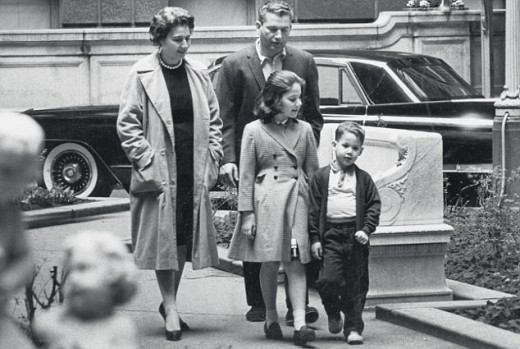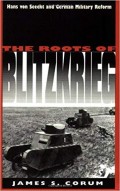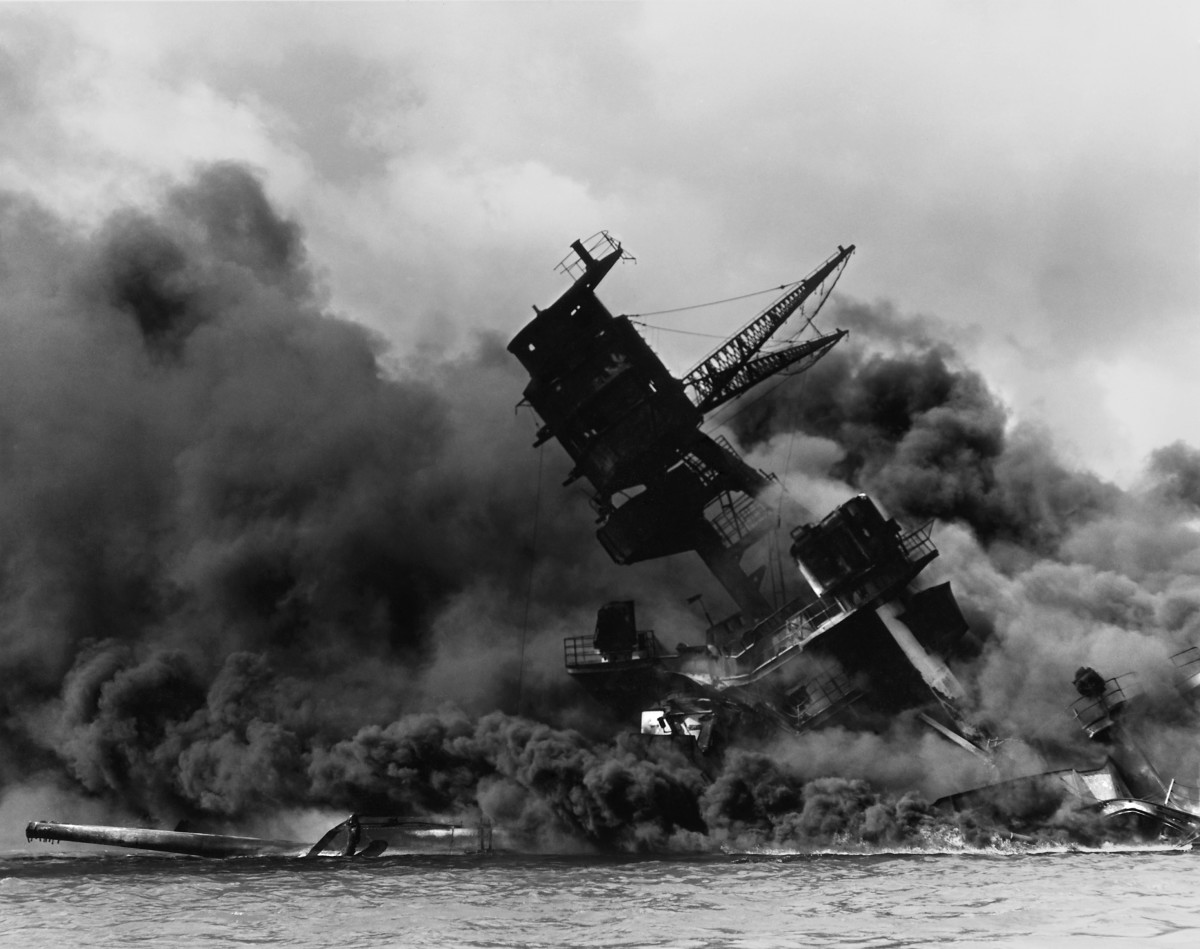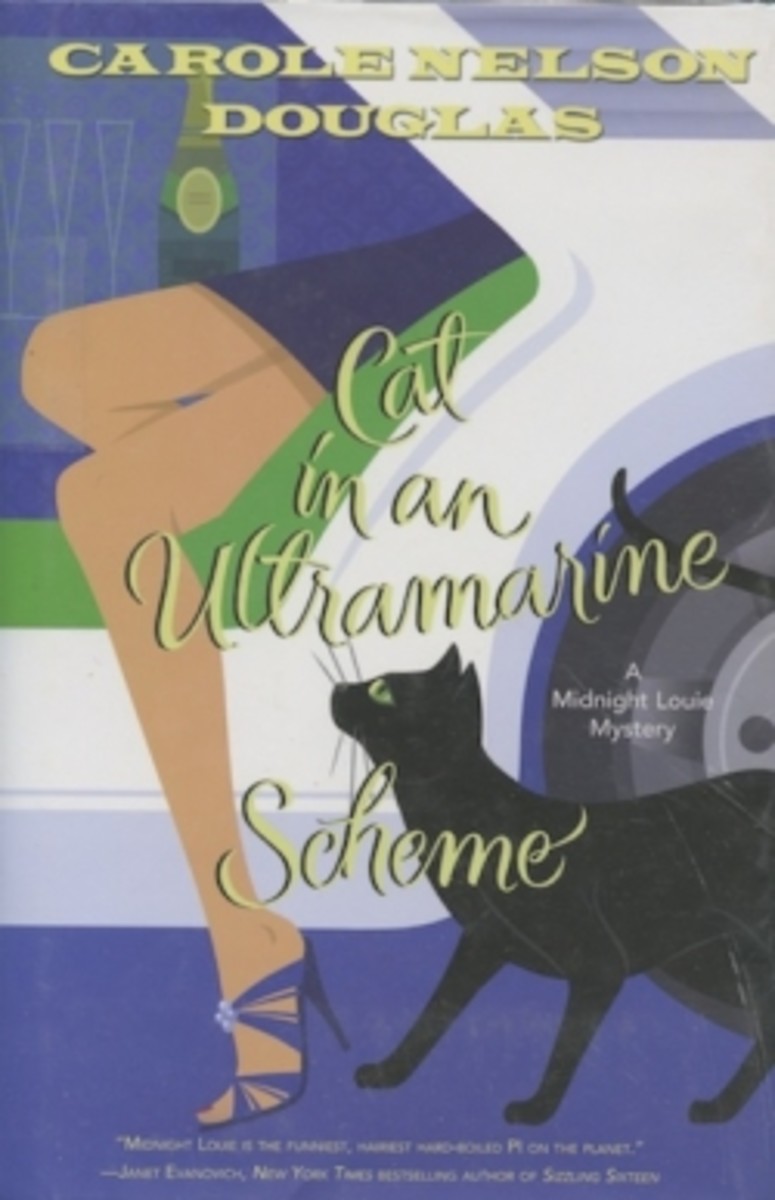Catch-22: The Book That Changed the Dictionary
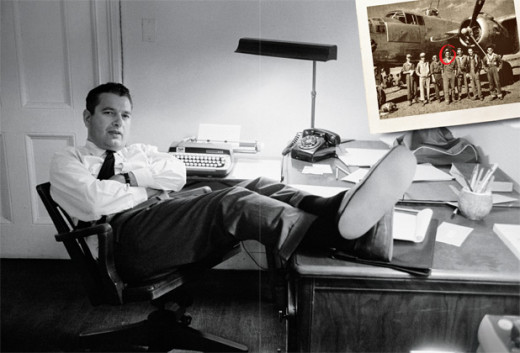
The Lucky Alternate
The title of this World War 2-themed novel was originally "Catch-18". Because another novel of the time, Leon Uris's Mila 18, used the same number, another title was chosen.
The alternate, “Catch-22”, became every publisher's dream title. It has given rise to one of the most popular expressions in the English language, a phrase that had no equivalent before its author, Joseph Heller, with a fortuitous assist from his publisher, coined it.
Catch-22 is the provision which prevents an insane soldier from being excused from combat on the grounds of insanity, insofar as the fact that he wishes to be excused is proof that his mind is sane.
Within the universe of the novel, it is a summary of the bureaucratization, circular reasoning and arbitrariness of military life. It has evolved in modern usage to be a versatile offshoot of such phrases as "between a rock and a hard place"and "double-edged sword". However, there is no other term in the language which conveys quite the sense that Heller's phrase does.
In inventing the phrase Heller created the ultimate marketing tool: a title so good that it changed the dictionary.
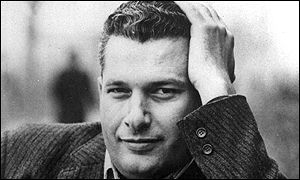
Summary
A wisecracking bombardier named John Yossarian is stationed on an Italian island during the latter stages of WW2. Beset by the incompetence of large institutions—the U.S. military and government, big business, the political and police establishments of the warring nations—Yossarian is sick of war and anxious to end his service.
A Colonel named Cathcart continues to infuriate Yossarian by increasing the minimum number of missions necessary for a fighter pilot to gain discharge, from 40 to 50 and on up ad infinitum. In consort with another blowhard Colonel named Korn, Cathcart tantalizes Yossarian and the other members of his squadron until, when Yossarian is caught AWOL in Rome, he is offered a waiver.
If he will agree to "like" Cathcart and Korn, they will give him an honorable discharge. He refuses and eventually deserts in pursuit of fellow squadron member named Orr, who has been given up for dead but who has rowed a boat to Sweden.
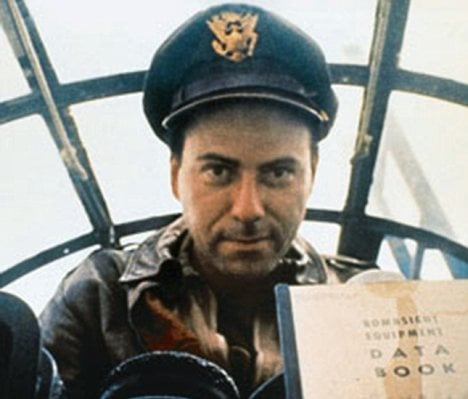
The most graphic and moving episode concerns a copilot named Snowden whose torso is pierced by shrapnel during a bombing mission and whose innards literally spill out into the floor of an airplane while Yossarian ministers to him. This is a brilliantly crafted scene which, along with the chapter entitled "The Eternal City", a hellish description of devastated Rome, are the equal of the best writing in American literature.
This is different from other war novels I've read, particularly about World War 2. On the one hand, it was written by Joseph Heller from 1953 to 1961during a Cold War buildup of animosity which seems to have influenced the themes of Catch-22 as much as the period in which the story actually takes place.
On the other hand, it was written as farce, parody and satire. There is little description of actual combat. Perhaps three bombing missions, encompassing no more than 20 of the book's 600 or so pages, are detailed.
For the most part, Heller's story is about the absurdity of life, war, and modern civilization. It is largely plotless, rambling and loosely organized. Its tone is in many ways reminiscent of Samuel Beckett, Sartre and Camus.
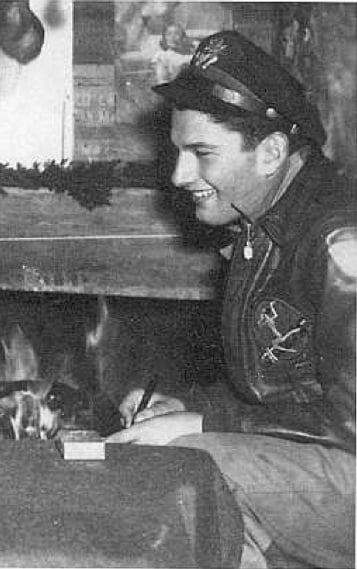
Assessment
It was fashionable among literary veterans of the WW2 generation, Norman Mailer, Heller, James Jones, Kurt Vonnegut and others—men who had fought in the war and observed firsthand some of its worst atrocities—to feature its waste and brutality.
I wasn't in that war or any other. I didn't face the line of fire as they did. Their service to their country entitled them to a critical license that a noncombatant wouldn't have had. Nevertheless, after the passage of years and other wars that have ended more ambiguously, I believe their cynicism invites close analysis.
No one can dispute the ugliness and cruelty of any war, or the inevitable mismanagement and egotism involved in any military organization. But this is all Heller seems to feature. He has written a 600-plus-page opus about an air squadron in Italy, and has put in it almost no hint of the heroism and the selfless sacrifice that surely must have existed not only in himself but in some of the soldiers he knew.
For make no mistake. The Nazis and the Japanese Imperial Army—regimes which even the most bitter critics of American civilization must admit were savage and dangerous to all concepts of human rights—weren't defeated by incompetence and carelessness.
Much was at stake in the fight against them. The cavalier way in which Yossarian seems to regard the inevitability of the Allied triumph over them mocks both the difficulty of the fight against them and the true devotion and iron-willed determination of the millions of people who risked their lives to save others from tyranny.
Of course, Heller wasn't trying to describe a world of heroes, but of antiheroes. He was deliberately writing theater of the absurd and he achieved his goal.
However, it seems to me that in the process of writing a parody of the war he has cheapened some of the nobility of people who did lose their lives in the struggle, both in a military and civilian capacity.
In light of the later war in Vietnam, which would, perhaps, have been a better subject for theater of the absurd, this goal seems a bit misplaced.
